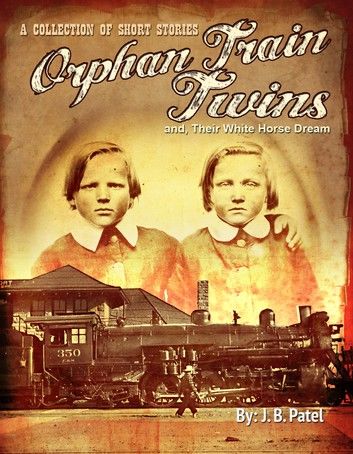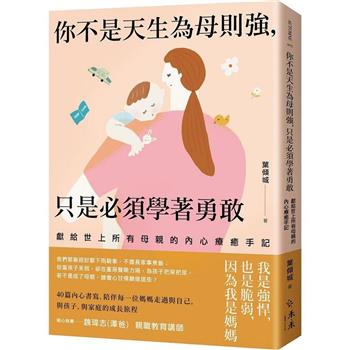| FindBook |
有 1 項符合
The Orphan Train Twins, And Their White Horse Dream的圖書 |
 |
The Orphan Train Twins, And Their White Horse Dream 作者:J. B. Patel 出版社:BookBaby 出版日期:2015-07-31 語言:英文 |
| 圖書館借閱 |
| 國家圖書館 | 全國圖書書目資訊網 | 國立公共資訊圖書館 | 電子書服務平台 | MetaCat 跨館整合查詢 |
| 臺北市立圖書館 | 新北市立圖書館 | 基隆市公共圖書館 | 桃園市立圖書館 | 新竹縣公共圖書館 |
| 苗栗縣立圖書館 | 臺中市立圖書館 | 彰化縣公共圖書館 | 南投縣文化局 | 雲林縣公共圖書館 |
| 嘉義縣圖書館 | 臺南市立圖書館 | 高雄市立圖書館 | 屏東縣公共圖書館 | 宜蘭縣公共圖書館 |
| 花蓮縣文化局 | 臺東縣文化處 |
|
|
圖書介紹 - 資料來源:樂天KOBO 評分:
圖書名稱:The Orphan Train Twins, And Their White Horse Dream
During the era of the orphan trains, up to a quarter of a million orphaned, neglected or abandoned children were removed mostly from larger populations and dispersed throughout the country. The lucky ones were adopted into well intentioned families, some were indentured, enslaved and terribly abused. What is it about the human spirit that allows some of those subjected to such treatment to rise above and succeed in spite their condition? The Orphan Train ran from 1854 until 1929, according to records at the Monroe County Library in Sparta, Wisconsin, the train stopped taking children from the Sparta facility in 1933. In 1878 Wisconsin built the ‘State School for Orphan and Dependent Children’ at Sparta Wisconsin. The facility was built near the railroad station to take advantage of the practice of shipping orphans to western states. On Tuesdays, children from the Sparta orphanage were added to others already on the train and sent west. The Orphan Train idea was born in New York which had about 30,000 street orphans in 1854. It is estimated, from 150,000 to 250,000 children were sent on trains all over the nation and Canada during the years the train was in existence. In the late 1800’s a parent or a guardian could merely drop an unwanted child off at the Sparta, Wisconsin center. The center would attempt to find a local home, if adoption, or indenture of those over twelve years old, did not occur, the child was put on the train. The train made stops from town to town, children would change into their ‘good’ or ‘show’ clothes and would be put on display. People wanting a child would have them sing or say a poem; they would push, pull, turn, check their teeth, squeeze their arms to check for muscle and otherwise jostle the orphans about to inspect and make selections. At the end of the train run, if nobody chose the child, the child was put back on the train and returned to New York. Some children over twelve were old enough to be indentured, in that case the family receiving the indentured child was supposed to educate them, provide food, clothing and a place to sleep. At the conclusion of the indenture, at eighteen years old, the child could be brought back to Sparta, in which case the family would be charged a fifty dollar fee. I have include stories of orphans adopted into good families and stories of children literally used like slaves, there are stories of the rejected and disenfranchised. The following stories are fictional, the basis for much of the writing was taken from actual occurrences. The first story is set late in the 1870s. The last story, “The Orphan Train Twins, and their White Horse Dream,” started in 1885. Unlike the lives of many of the orphans, in this story and most of the stories I write, everything turns out well in the end. One of the most difficult things to do while trying to write about the orphans is relate their feelings. It is difficult to communicate how the child would feel, in some instances it is heartbreaking just to attempt to ‘go there.’ In the final analysis, I’ll probably fail miserably in regard to portraying the joy or the heartbreak.
|











